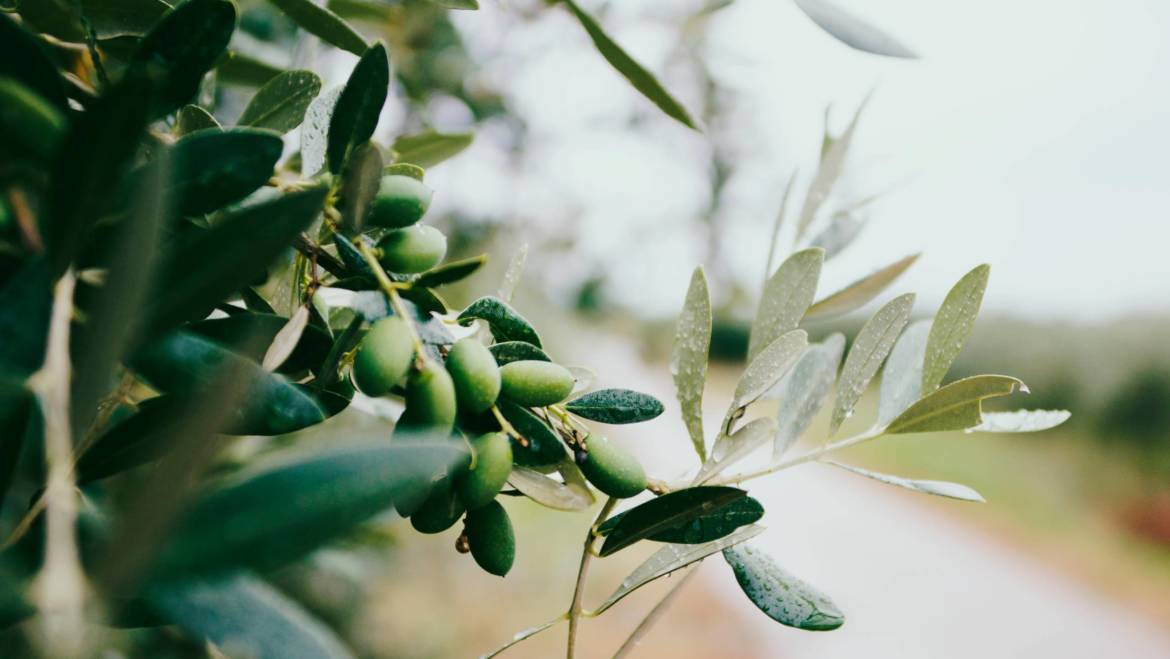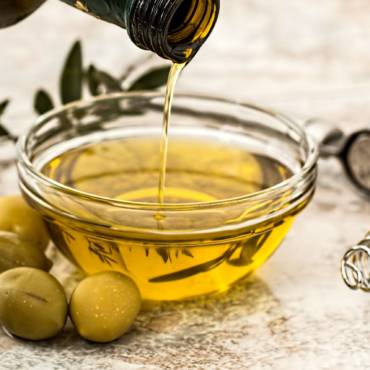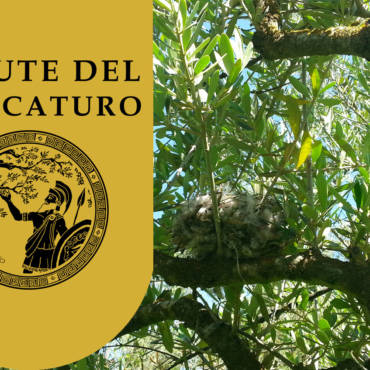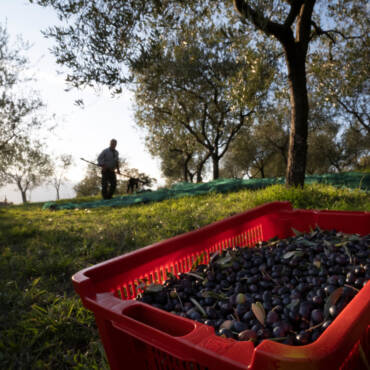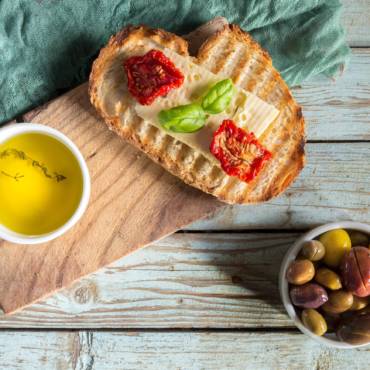The varieties found in my olive grove are those imposed by the DOP, whose selection responds to an organizational rationale: to produce an extra virgin olive oil with a more or less uniform flavor; these are the cultivars called «Frantoiane, Rotondelle, Leccine, Pendolino». I talked about them in this other article . These are pollinating plants and together with the others they form beautiful shrubs with a good yield and that produce an excellent extra virgin olive oil. These varieties must, always according to the specifications, represent at least 80% of the plants. But, in my opinion, by doing so, we would all produce an extra virgin olive oil that is more or less the same. For this reason, I am particularly proud of the remaining 20%, represented by the « Romanelle » variety: it is a cultivar that is more than two thousand years old, introduced into Italy by Greek colonists, in particular the Phocaeans, who had settled on the Picentini mountains, east of Salerno. During the second Punic war, the Phocaeans, like most of the Campanian populations, allied themselves with Hannibal against the Romans; but after the victory of Zama the Romans settled the unresolved issues they had with the “traitors” in their own way: they destroyed all the Phocaean settlements and the survivors were forced to flee southwards, to the mountains of Maddalena, between Campania and Basilicata, where, in fact, Padula, my city, is located, to start over again. It is a very ugly plant to look at with many dry branches, often full of sooty mold and must be treated very delicately because it breaks easily, not very productive and with a low yield. But I have always thought that if the farmers have kept it for so many centuries, there must have been a valid reason, even if, in fact, there are only a few plants left and only in Padula. So I have observed that, if by pruning you open the crown a lot, letting the sun penetrate everywhere, the sooty mold disappears. If the dry branches are removed regularly, they will not grow back in the same quantities. Furthermore, an important and fundamental fact, I have considered that, since its fruits ripen late, in the period of August and September, when the olive fly is rampant, these are too hard to be stung, thus remaining immune to such an attack. Finally, the oil they give is of a superlative quality! There is nothing to be done: the experience of our ancestors cannot be thrown away for simple economic reasons! As for beauty, then what can I say? Beautiful is what you like!
The selected varieties of the Estate
Tenute del Caricaturo {2019}. All rights reserved.
Privacy policy

